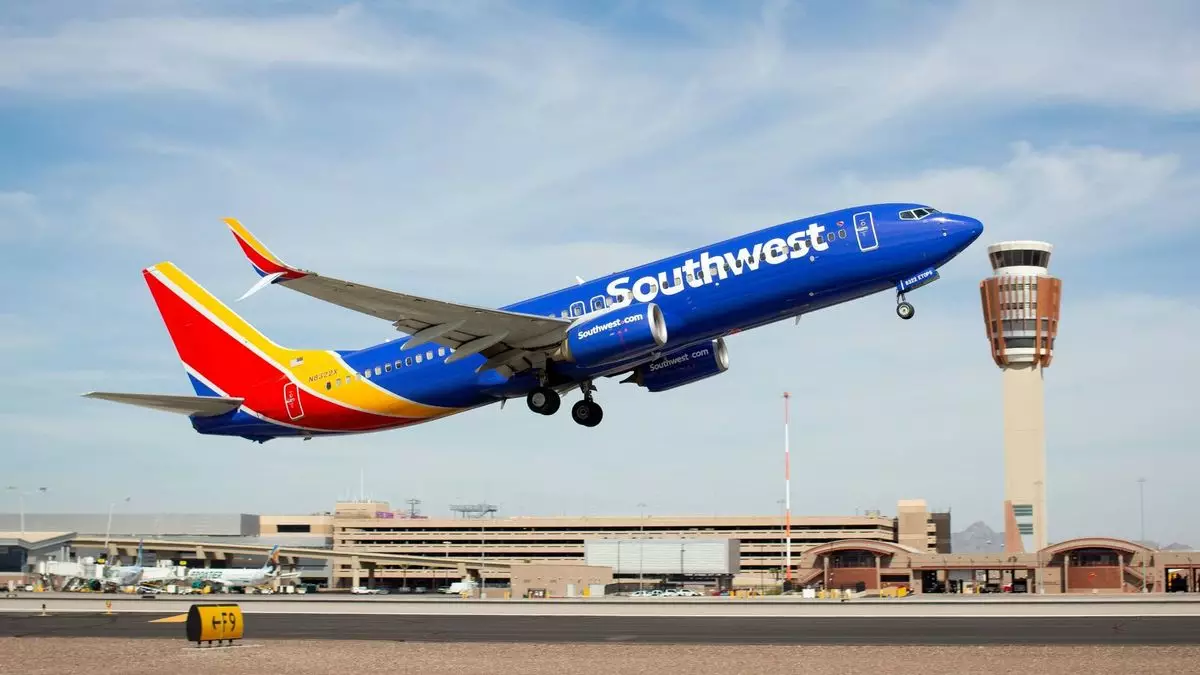In a bold move indicative of the rapidly changing landscape in the airline industry, Southwest Airlines recently disclosed its plans to reduce its corporate overhead workforce by 15%. This decision, announced by Southwest’s management on a Monday evening, will impact around 1,750 employees, including 11 high-ranking executives from the senior leadership team. This unprecedented restructuring reflects not only the financial challenges the airline is facing but also an urgent need for organizational agility in an increasingly competitive market.
The rationale behind this workforce reduction ties closely to the company’s financial performance, which has fallen well below pre-pandemic levels. The anticipated savings from the layoffs are estimated at $210 million for the partial year of 2025 and an impressive $300 million annually by 2026. This financial strategy appears to be a crucial part of Southwest’s plan to recover from the downturn experienced since 2019. The economic realities catalyzing these drastic measures are further compounded by pressure from activist investor Elliott Management, which had been advocating for leadership changes within the airline.
Despite the layoffs, Southwest Airlines has asserted its commitment to maintaining its customer service ethos, particularly in its business travel sector. In an email statement, the airline emphasized that it intends to continue upholding the standard of care and hospitality that patrons have come to expect. This commitment is crucial in retaining customer trust and loyalty, especially during a transitional phase for the company. The phrase “servicing our business travel customers with the Heart and Hospitality they’ve come to know and love” encapsulates Southwest’s brand identity—one that the airline must continue to cultivate even amid organizational changes.
Southwest is not only undertaking workforce reductions but also adapting its service offerings to enhance operational efficiency. The recent introduction of red-eye flights and plans for assigned seating and extra legroom options signify a shift towards a more tailored customer experience. These changes are significant as they demonstrate Southwest’s responsiveness to current market trends and customer preferences, suggesting a strategic pivot in how it operates amid evolving industry conditions.
Bob Jordan, Southwest’s president and CEO, described this juncture as a pivotal moment for the airline, one that underscores the importance of innovation and adaptability. “Change requires that we make difficult decisions,” he noted, highlighting the transformative vision for the organization as it aims to become leaner and more agile. This period of transition calls for vigilance and strategic foresight; the success of these initiatives will largely determine Southwest’s ability to navigate a challenging economic landscape while preserving a robust and loyal customer base. While the decision to downsize is significant and potentially disruptive, it also presents an opportunity for Southwest to redefine its operational model and competitiveness in the airline industry.


Leave a Reply